As i had previously noted, in addition to the White-Winged Crossbills on Toomey-Williams Forest Road, there were other birding treats this past weekend. In addition … Mea Culpa on bird identification. Yes folks I make mistakes, but nobody caught me (or everyone was too polite to call me out). Upon reviewing my crossbill images from my earlier post, I noticed one bird did NOT have a classic hooked beak. In the second image in the previous post, one actually seeing a Pine Siskin (image republished below)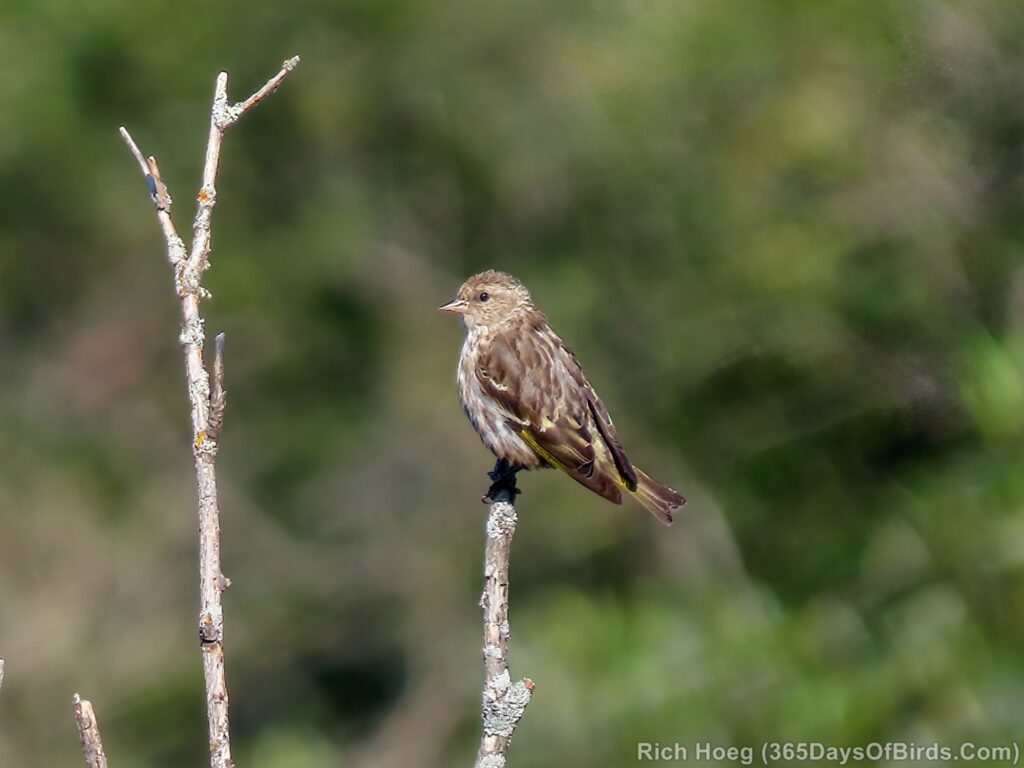
My Mea Culpa leads me to note there are certain bird species that often “hang out” together. It is not unusual for Pine Siskins to be present with White-Winged Crossbills as both bird species eat similar food … pine cone seeds. However, siskins to not have the specialized beak for prying open certain kinds of cones. In addition, Black-Capped Chickadees, Red and White Breasted Nuthatches, and Downey Woodpeckers often flock together. Expanded species groups help everyone with food foraging and watching out for predators.
Now on to additional Toomey Williams Forest Road Treats. I saw lots of birds migrating, but here are two species which I managed to get good photographs:
Belted Kingfisher (in a unusual setting for me … Boreal Forest Pine Tree Bog)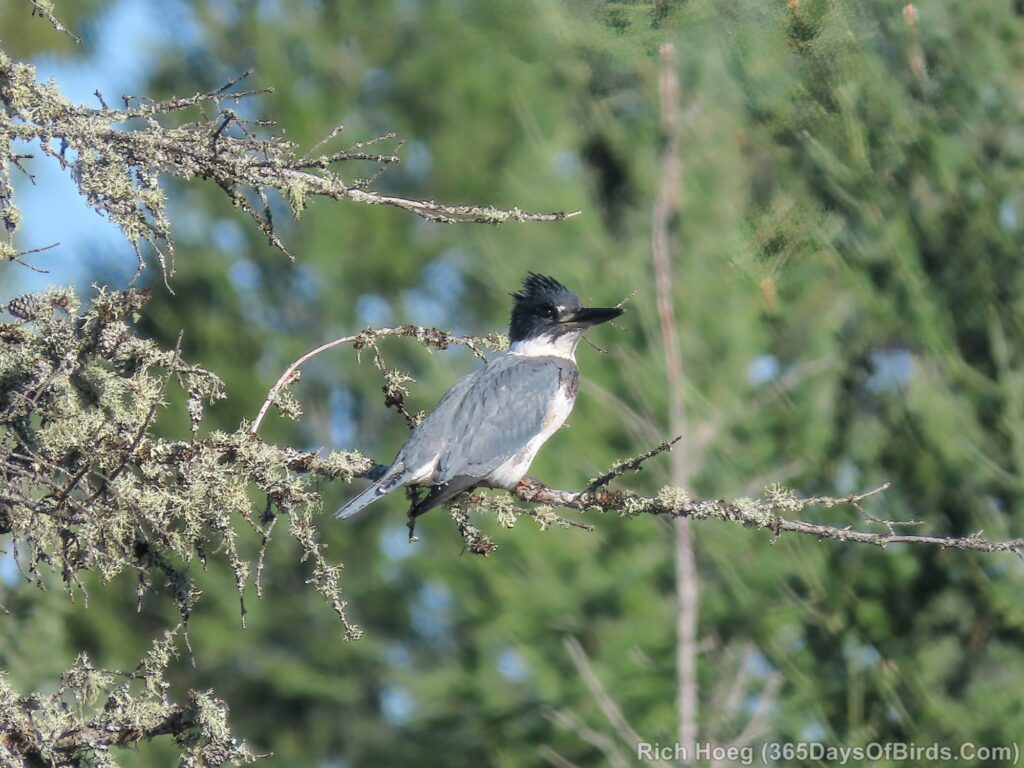
Broad-Winged Hawks (two unique birds … both hunting songbirds)
Discover more from 365 Days of Birds
Subscribe to get the latest posts sent to your email.
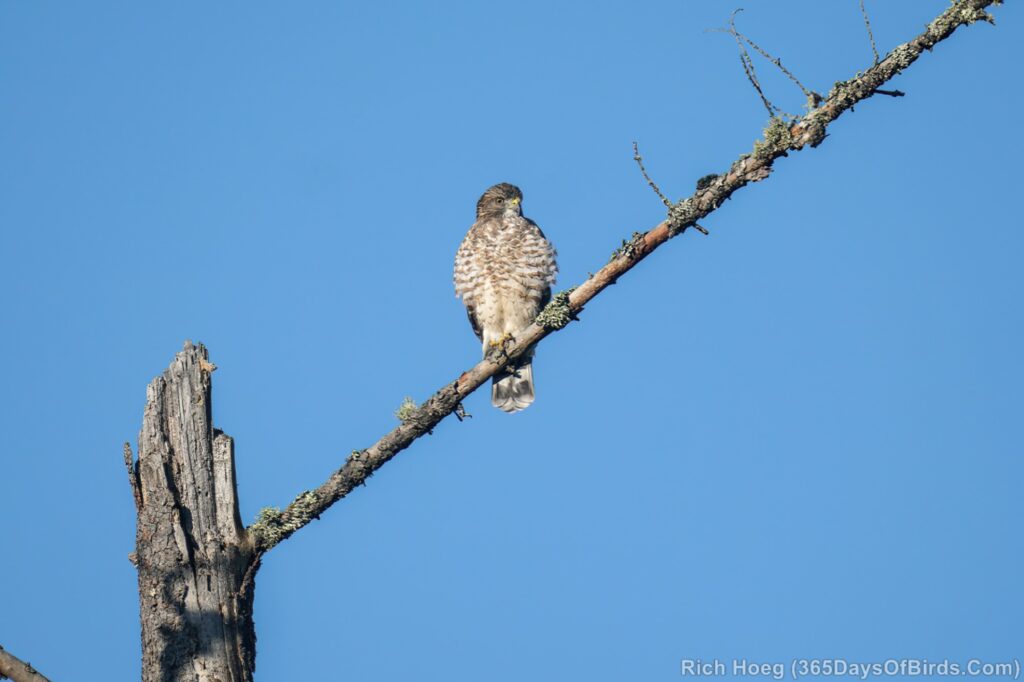
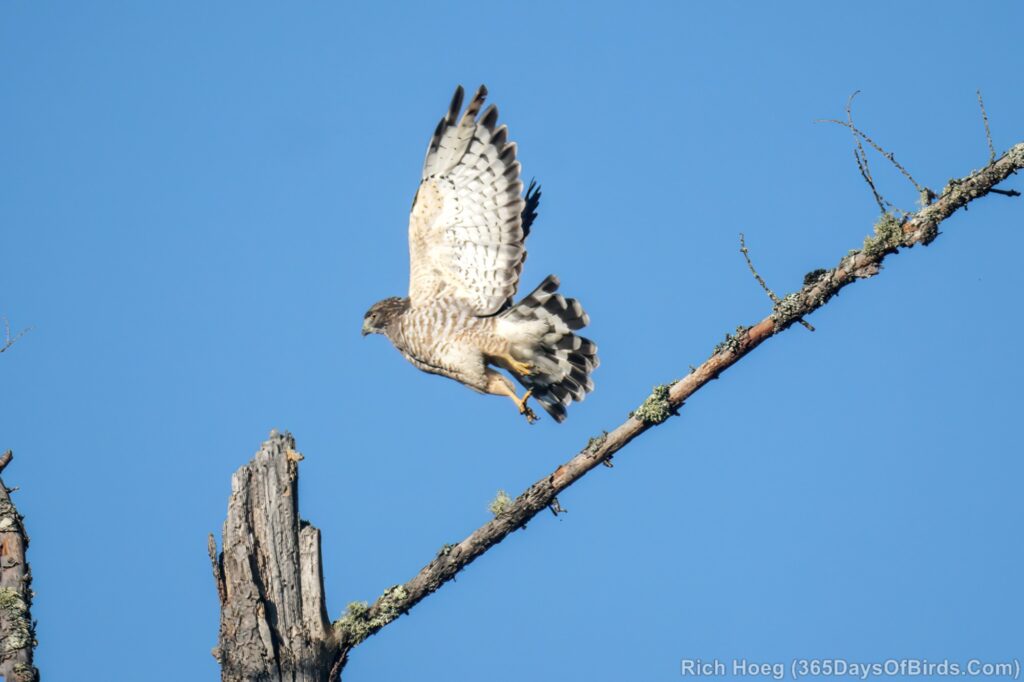
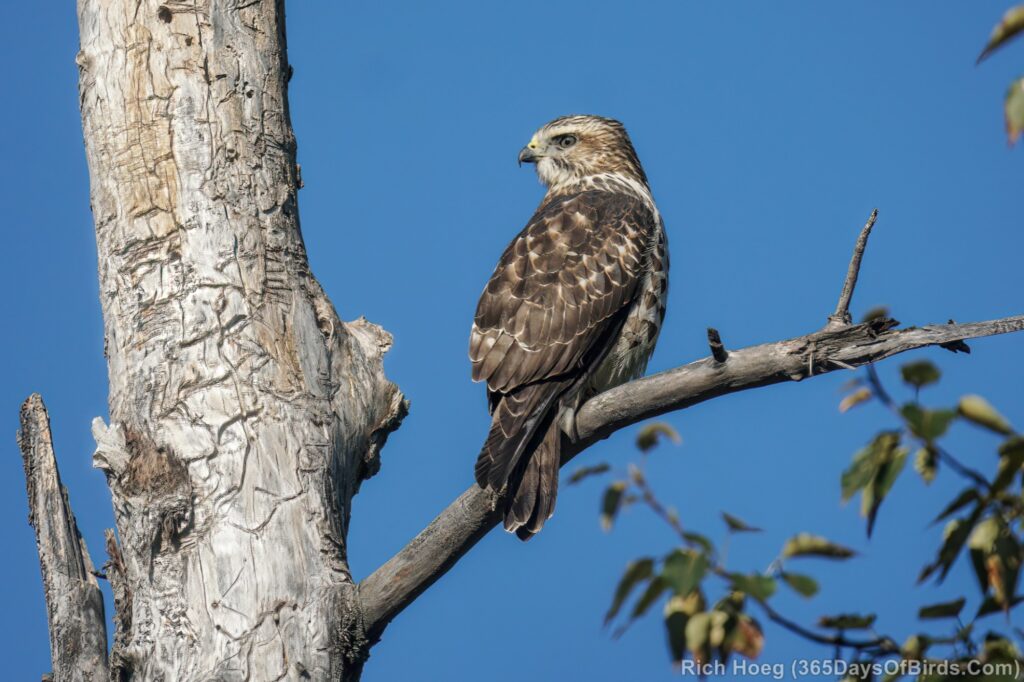
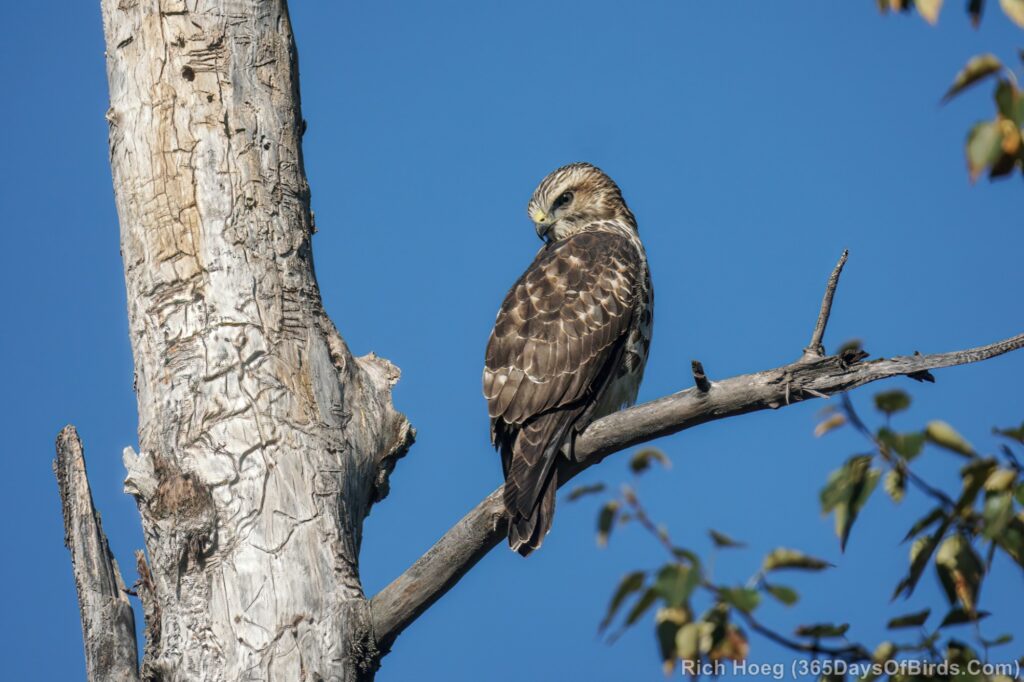
Do you think the appearance of so many white-wing crossbills portend a boreal invasion this winter?
No. In this particular instance it is only a function of a great pine cone crop which has attracted the Crossbills. I am not certain what the food sources are like north of the border, which is was would drive a greater southward movement.